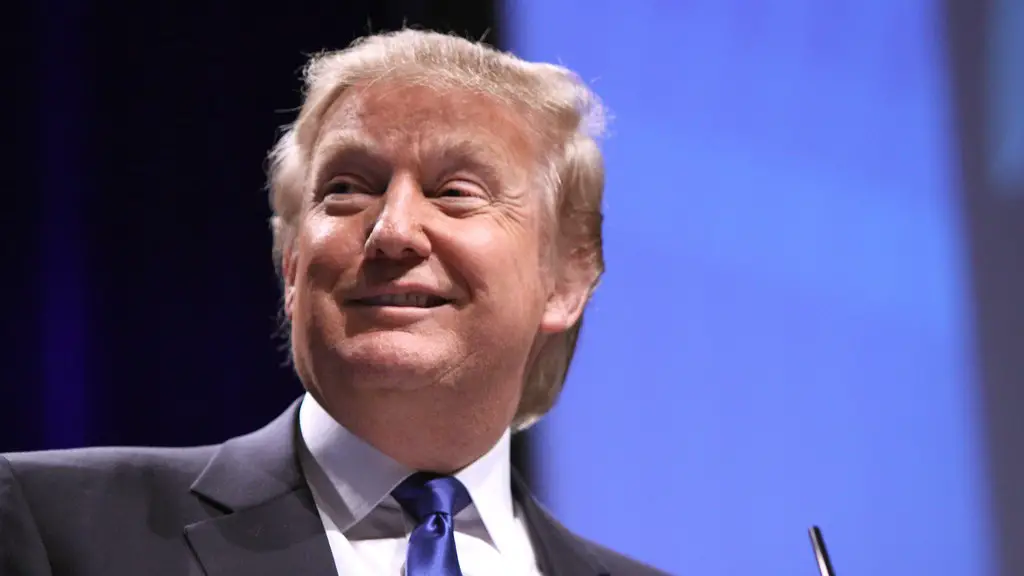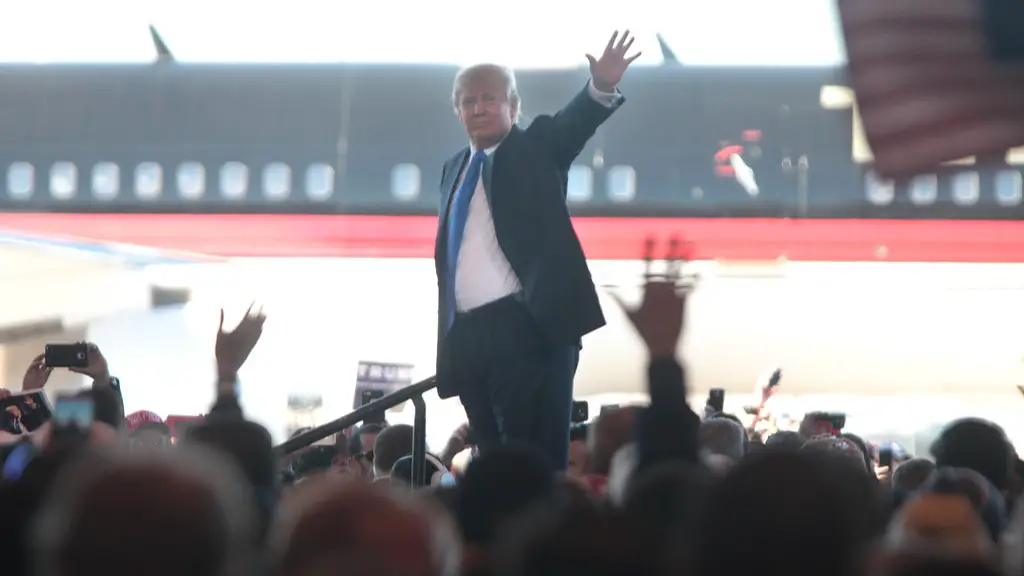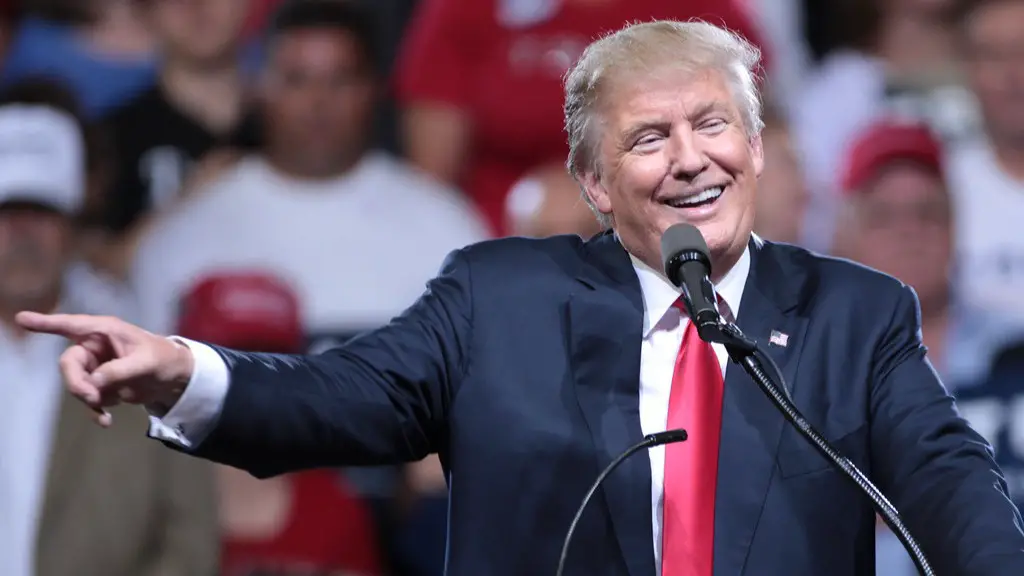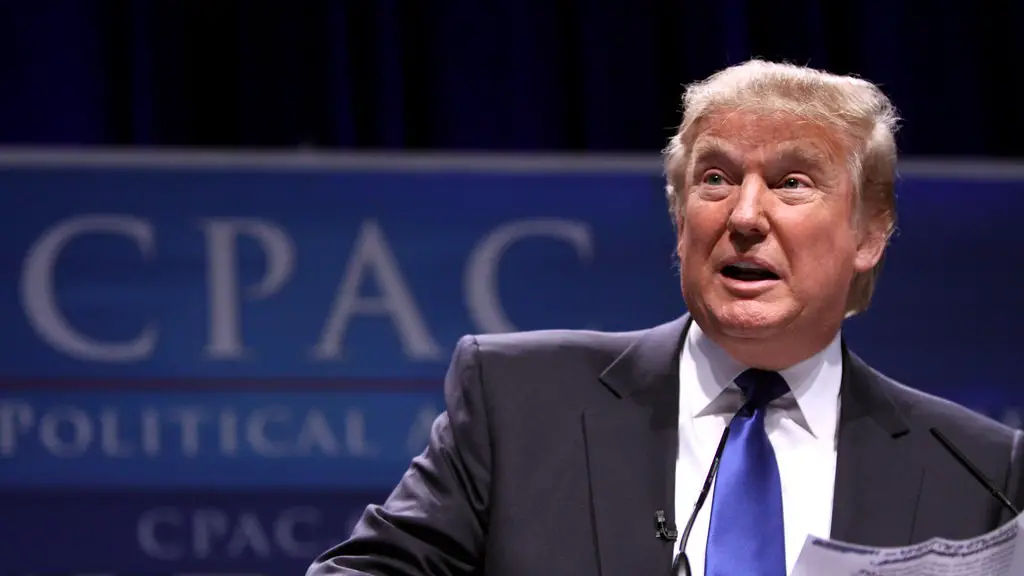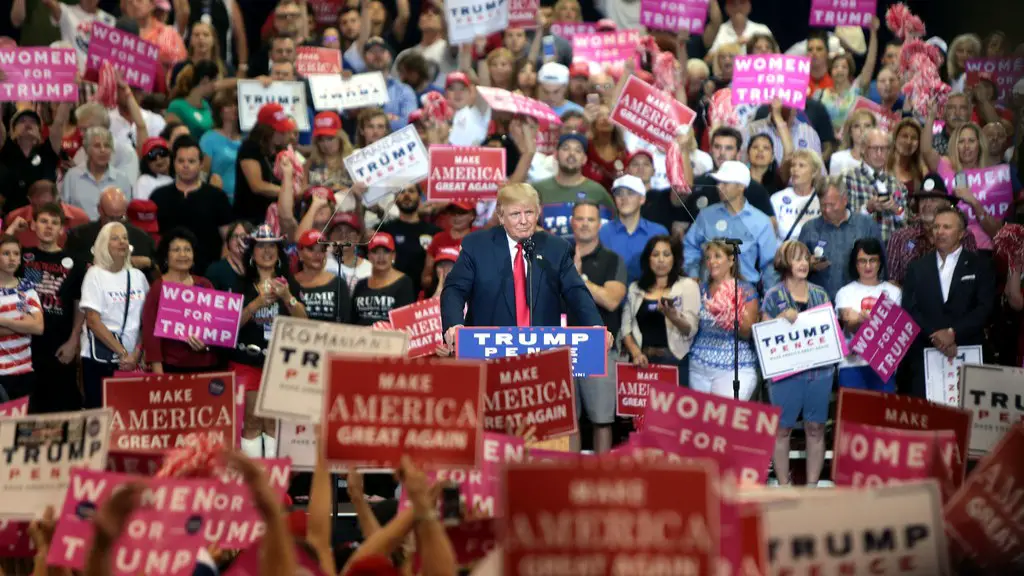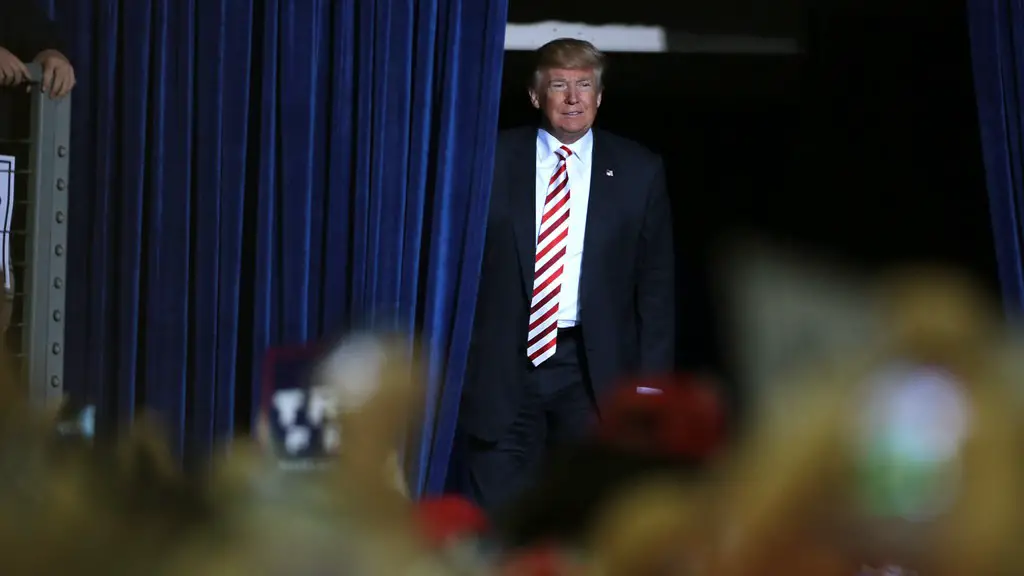In recent news, it has been revealed that U.S. President Donald Trump has been mulling over the declassification of certain government documents. This has caused speculation as to what his motivations might be, as well as concern over the potential implications of such a move.
Donald Trump cannot declassify documents.
Who can declassify national security documents?
The Archivist of the United States has the authority to review, downgrade and declassify information under the control of the Administrator of General Services or the Archivist pursuant to sections 2107, 2107 note, or 2203 of title 44, United States Code. This authority is important in order to ensure that information is properly classified and that declassification occurs in a timely and responsible manner.
All classified documents are subject to periodic review for declassification. The President has the authority to declassify any document.
Who can downgrade or declassify
The Associate Director for Administration is authorized to downgrade or declassify OMB-originated information up to and including the Top Secret level. This authority may be delegated to other officials as appropriate.
Automatic declassification is the process by which information is declassified after it has been classified for 25 years. This process is not automatic in practice, and often requires manual intervention to declassify information.
How often does the CIA declassify information?
The originating agency assigns a declassification date, by default 10 years after the date of the original classification. After 25 years, declassification review is automatic, with nine narrow exceptions that allow information to remain classified.
If the information cannot be traced, it will be reviewed for declassification 25 years from the creation of the document.
Why does the US government declassify documents?
The declassification of records is a vital part of the archival process. This process provides continuing protection for classified records, ensures accessibility to records of historic value, and helps maintain public trust by providing accountability.
This means that once information has been declassified and released to the public, it cannot be reclassified as secret or top secret.
What is new declassification policy
As per the policy, normally the records should be declassified after 25 years. The records which are older than 25 years, should be appraised by archival experts and then transferred to National Archives of India, once the war/operations histories have been compiled.
When classified information is no longer necessary to be kept at a high level of security, it can be downgraded or declassified. This helps to keep the classification system effective and trustworthy.
Which type of information is exempt from downgrade and declassification?
There is no one “type” of information that is exempt from downgrade and declassification instructions. A letter of transmittal is not a special type of material that may contain classified information. It is possible for any type of document or communication to contain classified information, so it is important to be aware of the classification level of the information before sharing it.
The term “unclassified” is often used to describe information that is not classified, but this does not necessarily mean that the information is not controlled. The term simply indicates that the information has not been classified by an authorized official. There may be other restrictions on the information, such as voluntary controls imposed by the originator or required by law.
What is the penalty for releasing classified information
This is a very serious offense and the consequences are severe. If you are convicted of this offense, you will be fined and/or imprisoned for up to ten years. This is a very serious offense and should not be taken lightly.
Declassified documents are a valuable resource for researchers, as they provide insight into the inner workings of government. Many of these documents are available for free on the web, at sites like federal agencies’ web sites, presidential libraries, research institutes, and other sites.
How do you destroy classified documents?
The three primary methods used to destroy classified documents are incineration, shredding or milling (dry process), and pulping (wet process). All three of these methods are effective in destroying the classified information on the document so that it cannot be reconstructed.
The Central Intelligence Agency (CIA) is a U.S. government intelligence agency responsible for collecting, analyzing, and reporting information about foreign governments, corporations, and individuals. The CIA also conducts covert operations and paramilitary activities.
Individuals who work for the CIA are typically divided into two categories: those who work in the field and those who work in support positions. Field employees are responsible for gathering intelligence, often through clandestine means. Support employees work in a variety of positions, from administrative roles to analysis and intelligence-gathering.
Although many CIA employees may state their affiliation with the agency, individuals who work in covert positions are forbidden from revealing their identity to strangers. This is to protect both the individual and the agency from harm.
Why are declassified documents blacked out
The declassified documents will usually contain redactions, which indicate portions that contain information not releasable to the public. Each redaction will be associated with a redaction code, which gives the reason for why the information cannot be released. The most common redaction codes are classified information, national security, and personal privacy.
There are many aspects of the Manhattan Project that are still classified, including the people who were relocated, how much they were paid for the property, the names of the agents who contacted them, etc. Much of the assistance that the Mafia provided for US forces in Sicily and the Italian mainland is still classified.
Final Words
No, he cannot.
In conclusion, it is unclear if Donald Trump has the power to declassify documents. While the President does have some authority over classified information, it is ultimately up to the agencies who create the documents to determine if they should be declassified.
